The Supreme Court has recently opted not to reconsider the Illinois state laws that ban the sale of rapid-fire assault weapons.
This decision leaves the current bans unchanged and was highly anticipated due to its potential implications for similar laws in other states.
Justices Thomas and Alito Stand Alone
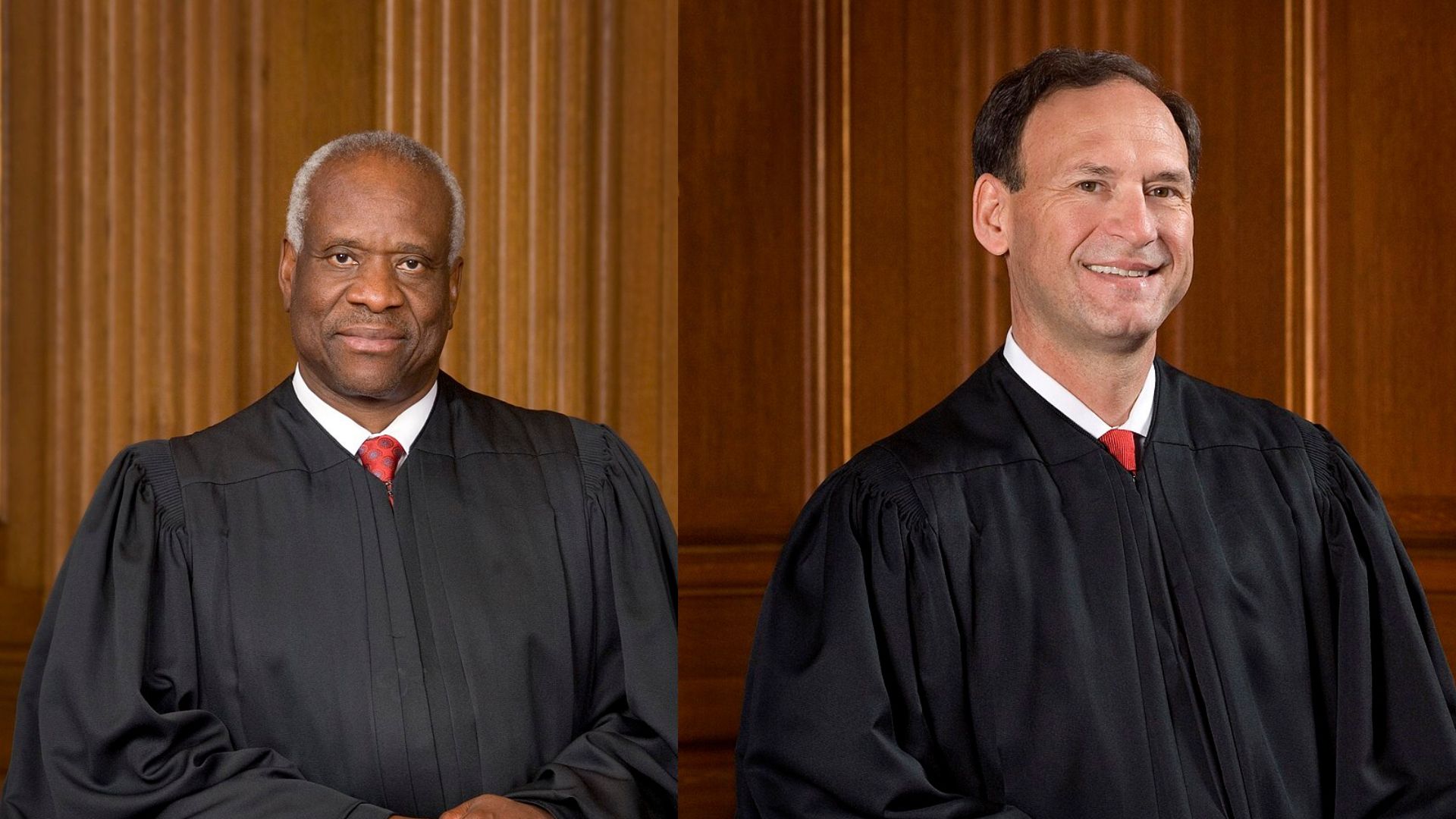
In a notable deviation, Justices Clarence Thomas and Samuel A. Alito Jr. expressed their disagreement with the court’s decision not to review the case.
Their dissent demonstrates a deep concern for Second Amendment rights and signals their unease with the potential long-term impacts of this decision on gun legislation.
Broader Impact on State Legislation
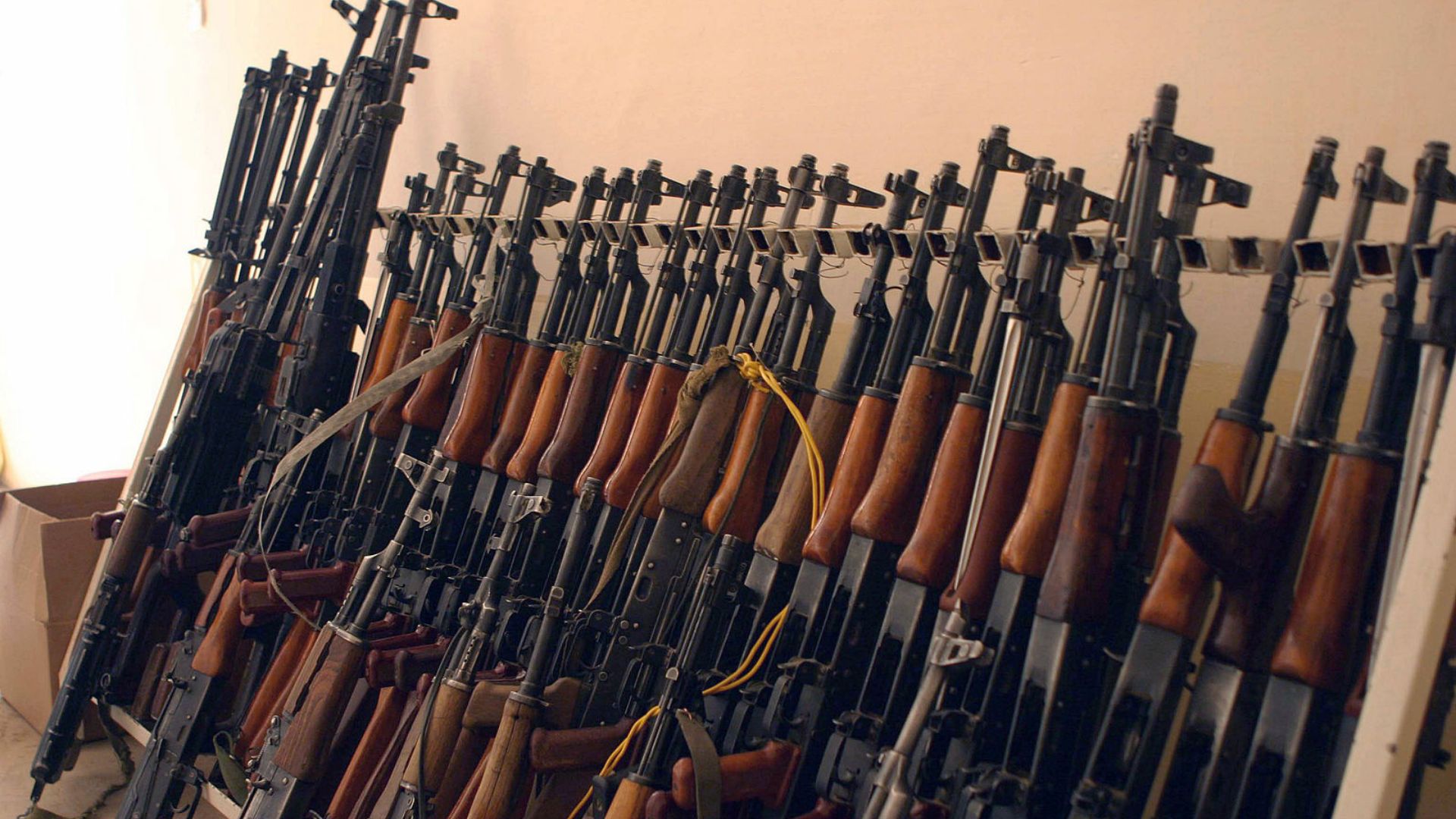
By declining to hear the appeal, the Supreme Court has indirectly supported other state bans similar to Illinois’, including California’s robust ban on most rapid-fire rifles.
This action reinforces the legal groundwork that sustains these bans without directly challenging them.
The Illinois Ban
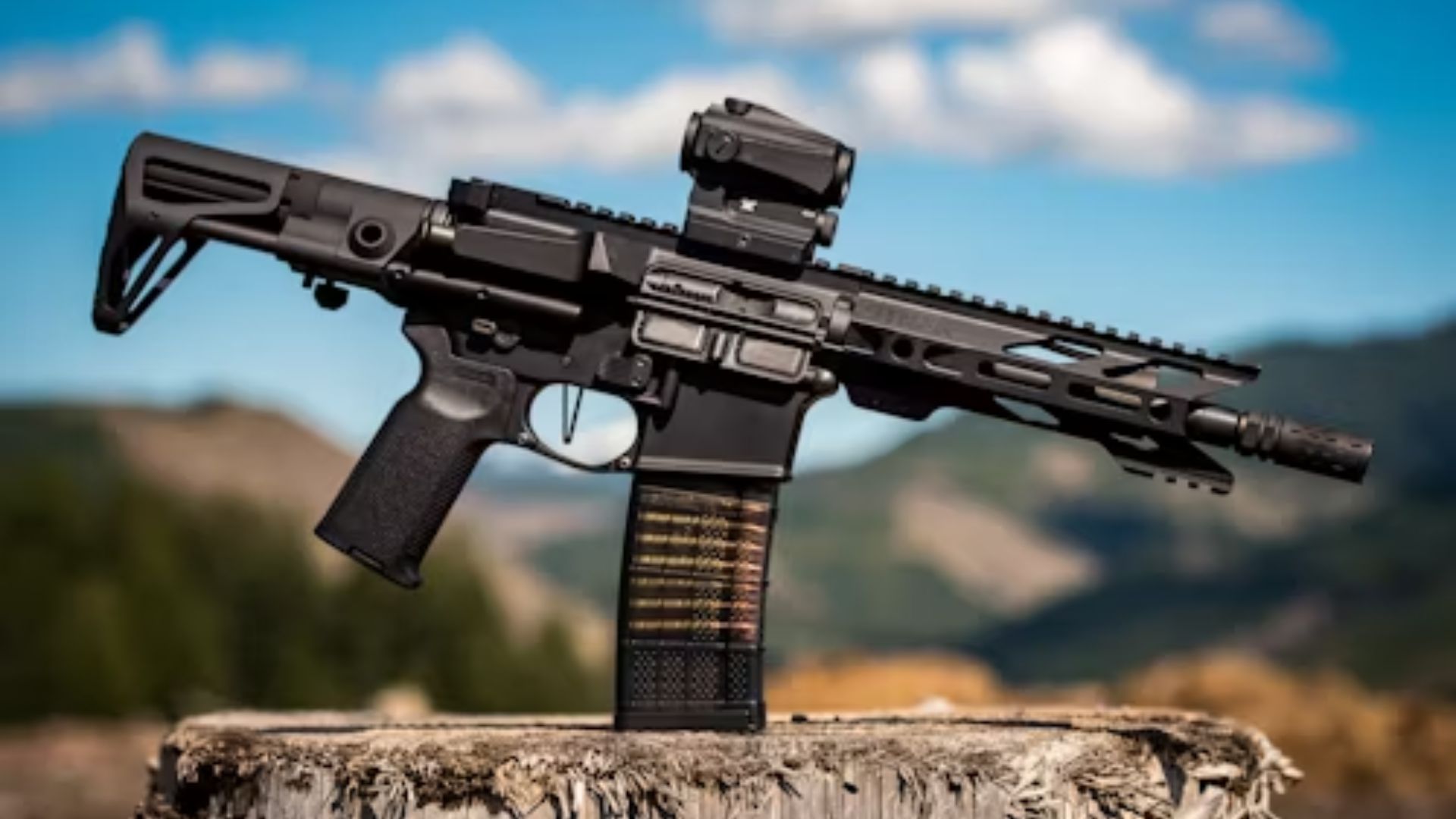
The contested law in Illinois has banned assault-style weapons such as the AR-15 semiautomatic rifles. This particular gun has been used in several high-profile shootings.
The law also bans large-capacity magazines that hold more than 10 rounds of ammunition for long guns or more than 15 rounds for handguns. The law does not ban any type of handgun. It also does not affected people how owned the firearms prior to the ban.
A Glimmer of Hope from Justice Thomas
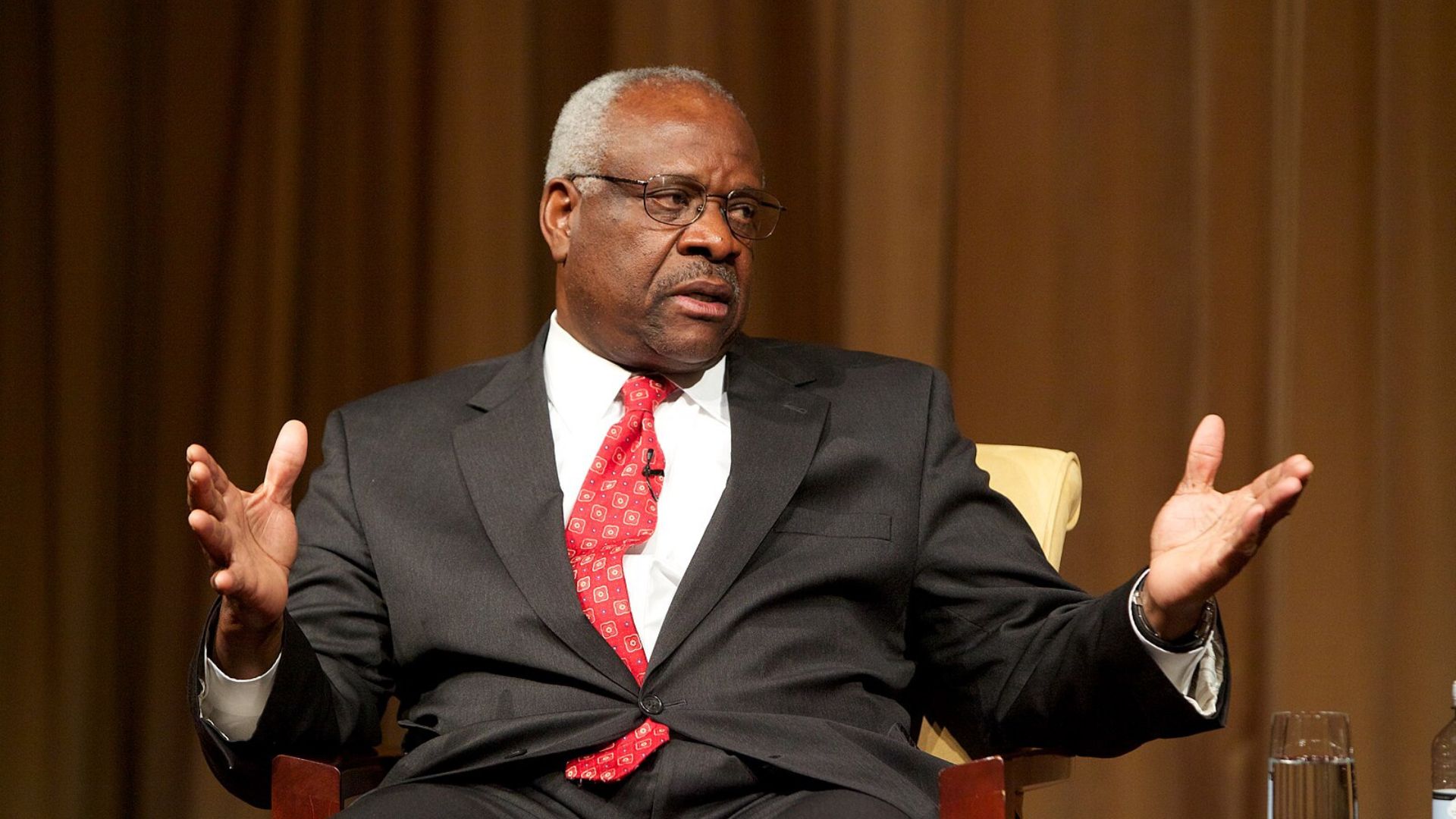
Justice Thomas is looking ahead, anticipating that the court will eventually tackle the significant issues these cases present.
He stated, “I hope we will consider the important issues presented by these petitions after the cases reach final judgment,” highlighting an ongoing judicial dialogue on gun control matters.
A Cautious Approach from the Court
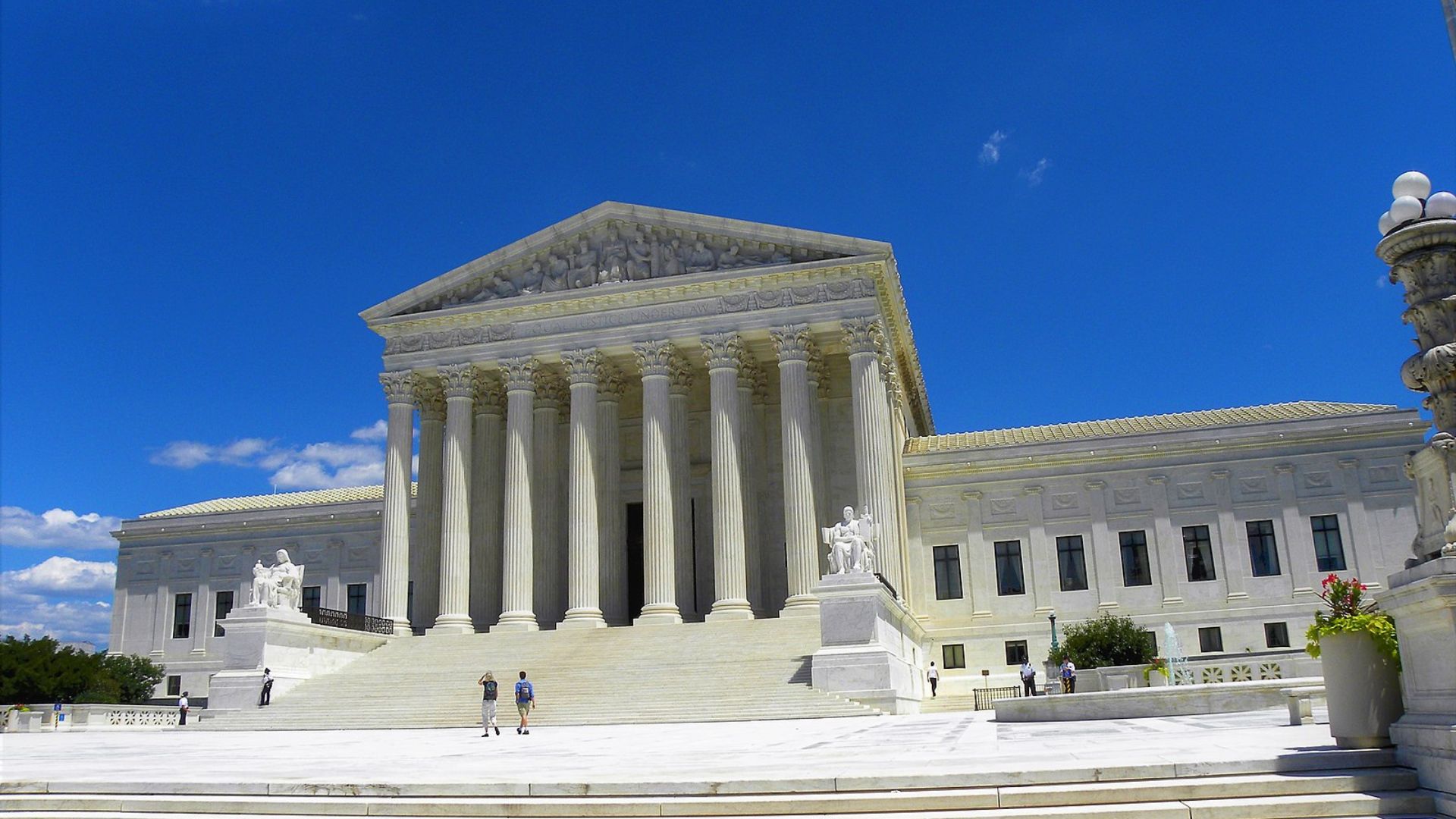
The court’s current stance suggests a cautious handling of cases involving rapid-fire weapons.
It appears the complexities and sensitivities surrounding gun control debates are influencing the justices’ reluctance to dive into this contentious area at this time.
There Have Been Other Dissenters Before
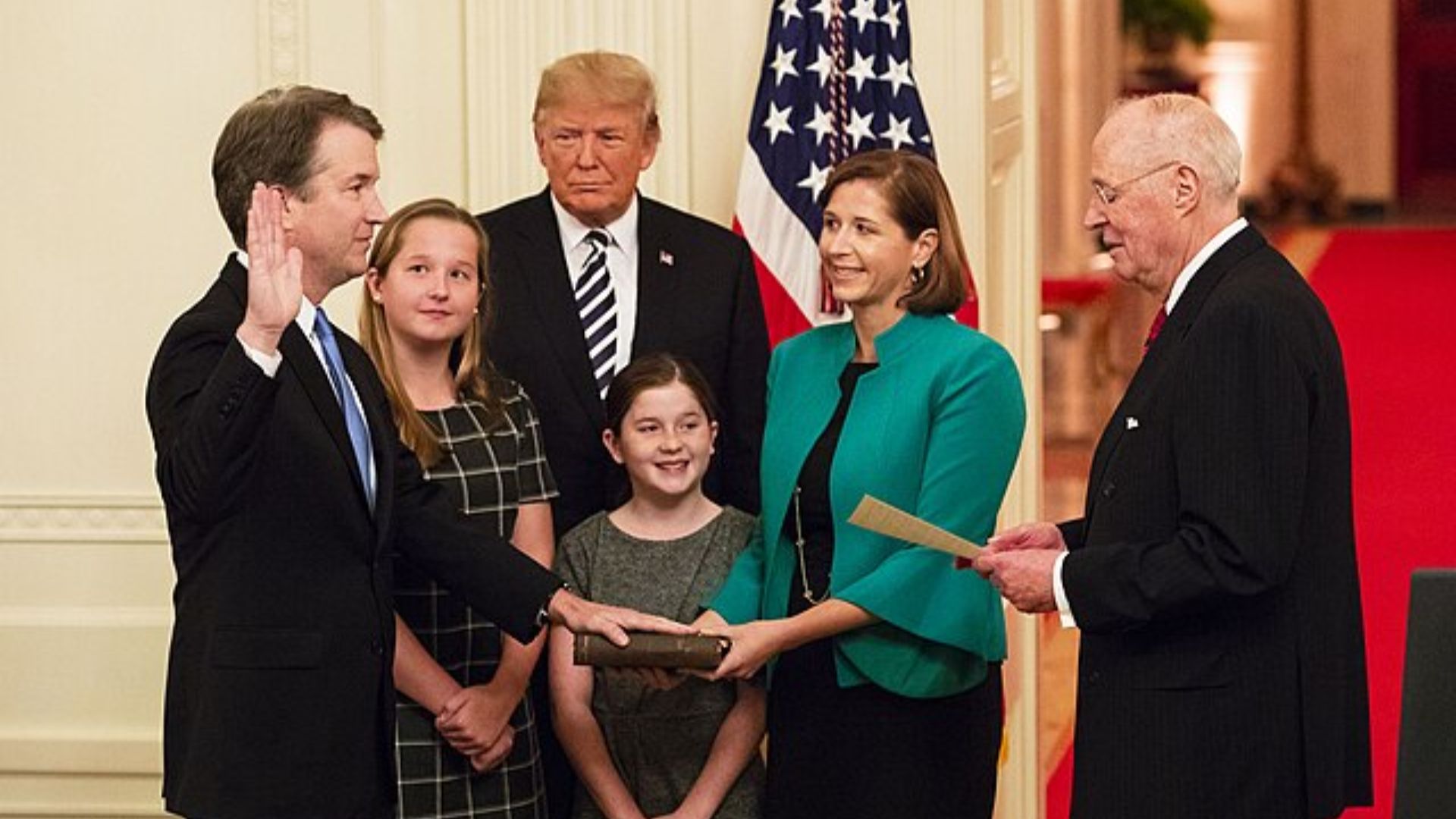
While Justices Thomas and Alito are the only ones dissenting on this occasion, Thomas has also dissented alongside Justice Brett Kavanaugh on decisions that have upheld gun bans in the past.
In 2022, Thomas and Kavanaugh were in agreement when ruling on the decision the “proper cause” requirement to carry a concealed weapon in New York State was unconstitutional. They have both played their role in expanding the second amendment.
7th Circuit Holds the Line
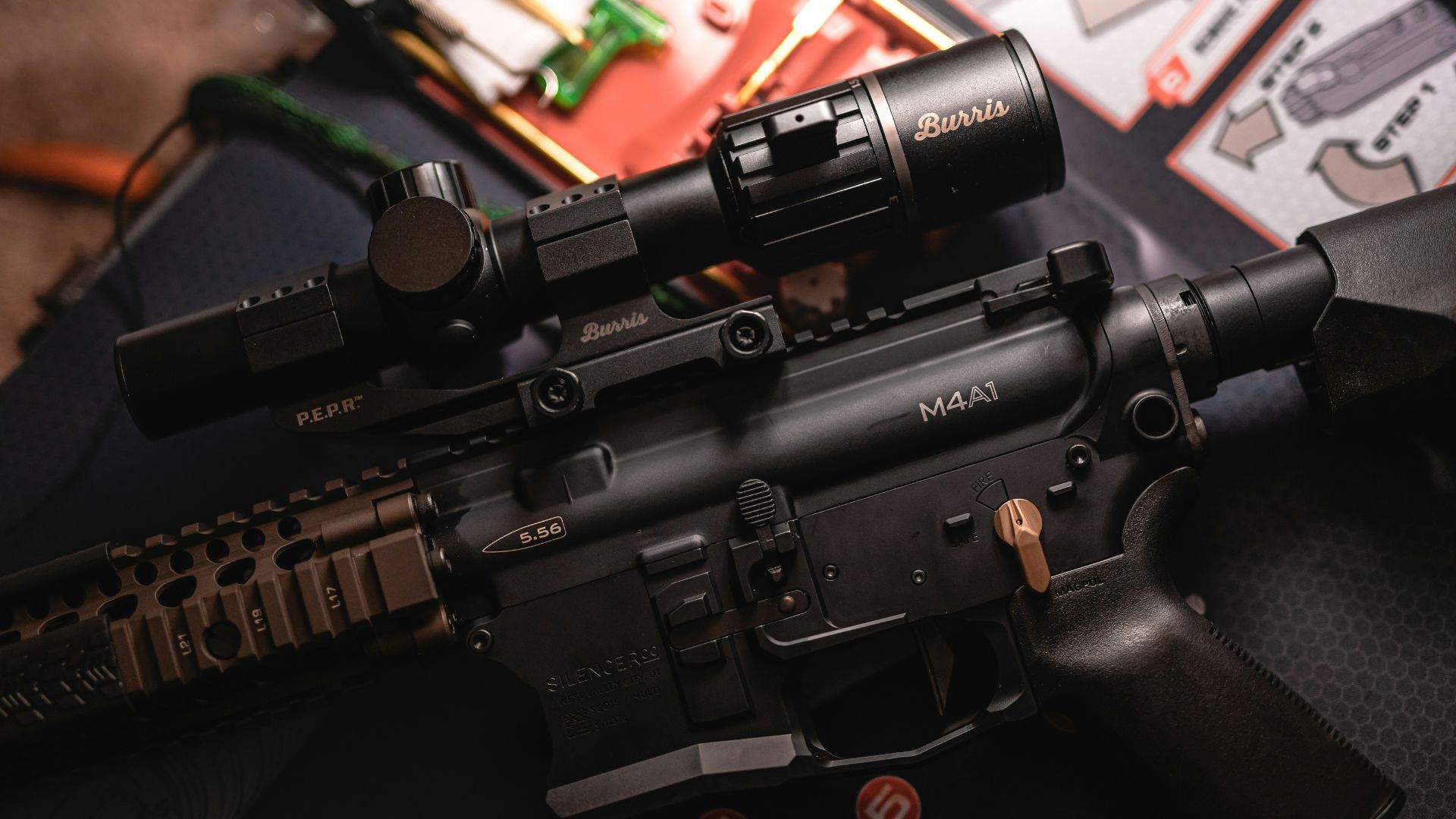
The 7th Circuit Court of Appeals previously held firm, refusing to lift the Illinois ban.
Their 2-1 decision continues to stir controversy and conversation around the nation.
Tragic Catalyst for Illinois Law
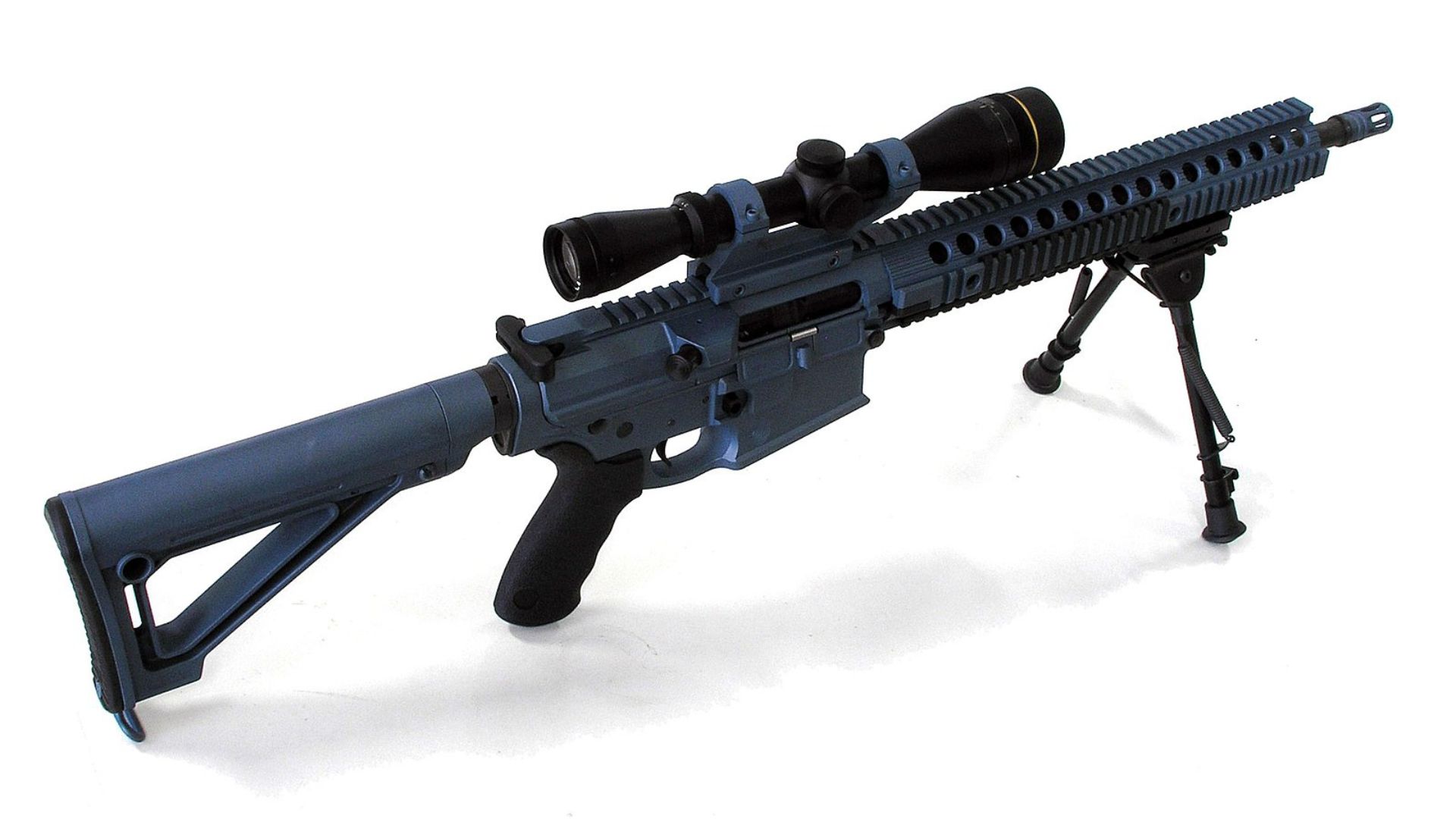
The strict gun control measures in Illinois were a direct response to a devastating shooting during a Fourth of July parade in Highland Park, where a shooter killed seven people and injured 48 using an AR-15-style rifle.
This event significantly influenced the push for tougher legislation.
Not Everyone Backed The Ban
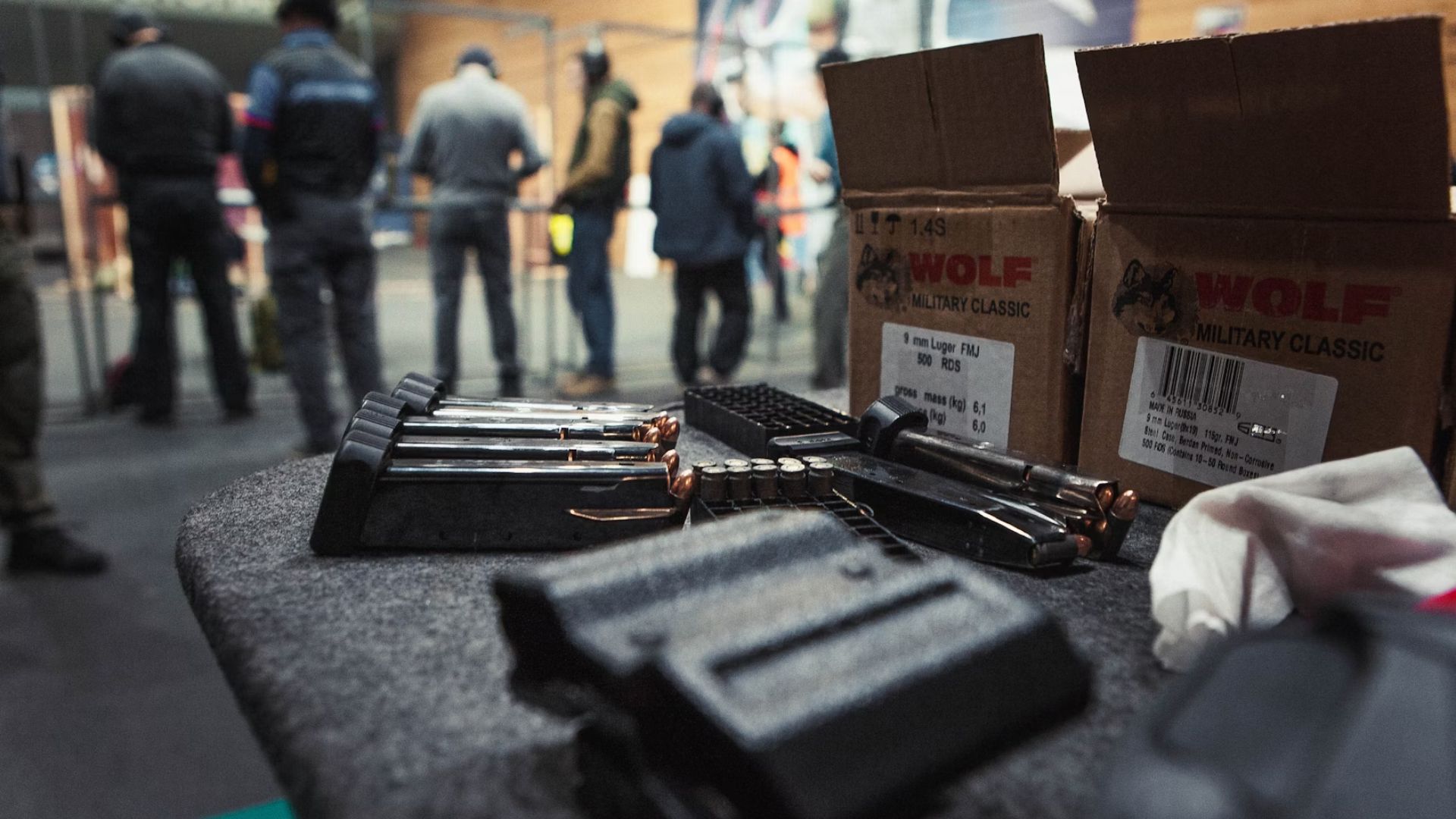
Shortly after the Illinois law was signed early last year, six groups of residents, firearms sellers, and advocacy groups for gun rights challenged the new ban on semiautomatic rifles.
Slamming it as a violation of the Second Amendment. A federal district court in Southern Illinois agreed to block the ban in four of these six cases but district courts refused for the remaining two.
Seventh Circuit Court Upheld The Ban

A three-judge panel on the 7th Circuit reviewed these decisions but kept the ban in place on a divided ruling.
Using the text-and-tradition framework that the Supreme Court uses, the appeals court said there is “a long-standing tradition of regulating the especially dangerous weapons of the time”. There is plenty of historical precedent in restricting civilians’ access to “especially dangerous weapons” while allowing the military and law enforcement to use those arms.
This Ban Has A Historical Precedent, Judge Says

Seventh Circuit Judge Diane Wood said that the Supreme Court’s upholding of the Illinois law acknowledged that the they have historically distinguished between assault rifles and weapons for private use.
In an opinion she wrote with Judge Frank Easterbrook, she wrote: “These assault weapons and high-capacity magazines are much more like machine guns and military-grade weaponry than they are like the many different types of firearms that are used for individual self-defense.”
Gun Advocates Were Not Happy

Upon the 7th Circuit making these decisions, gun advocacy groups protested that this was an infringement of the Second Amendment.
A lawyer for one of the plaintiffs led by Gun Owners for America wrote: “If courts continue to operate under the misimpression that the right to keep and bear arms protects only neutered firearms […] the Second Amendment will offer little but a parchment barrier against tyranny.”
Constitutional Clash
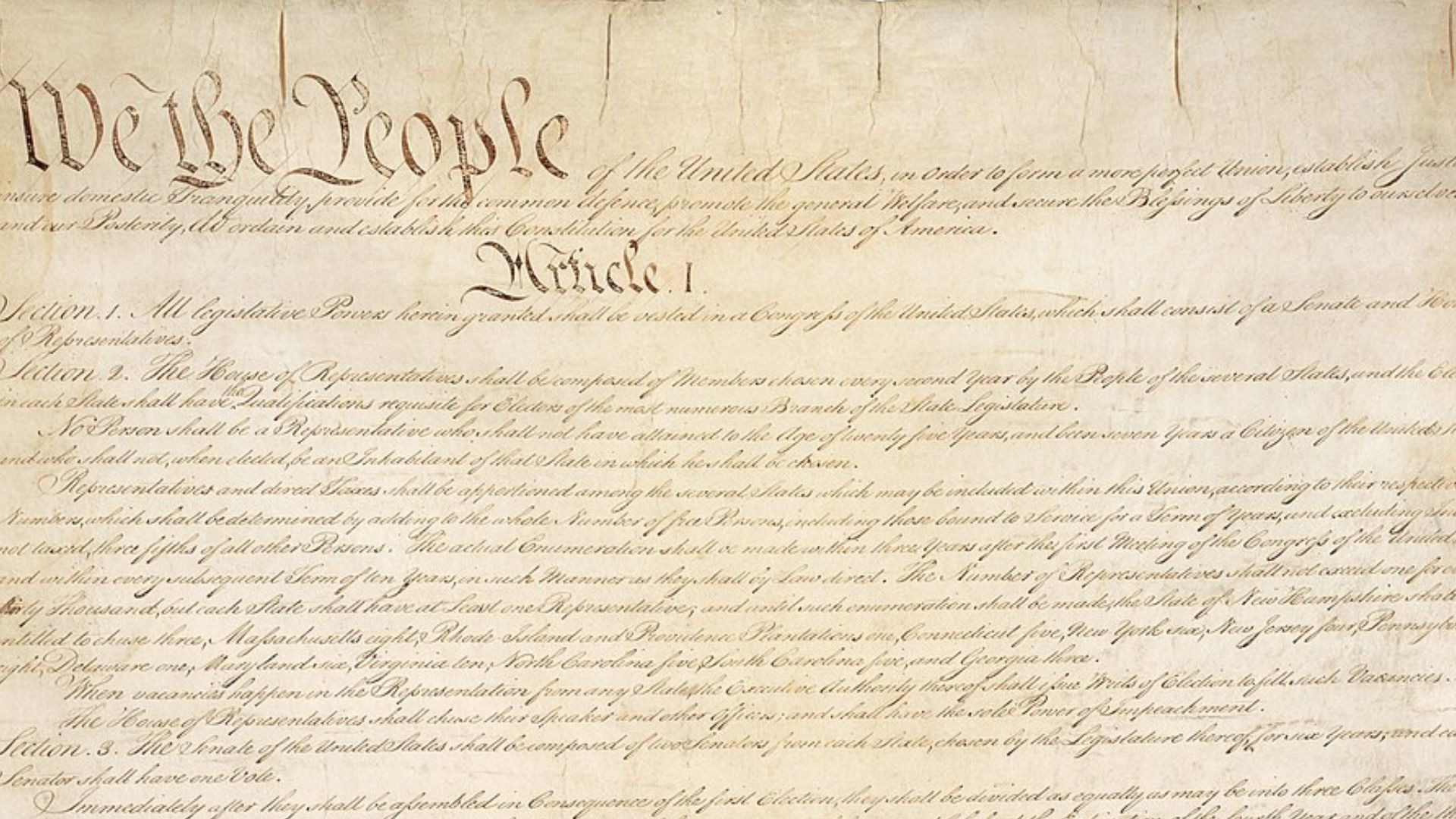
Is Illinois’ ban an infringement on the 2nd Amendment?
That’s the burning question as the case continues through the courts, with many arguing these weapons are both common and necessary for self-defense.
Gun Rights Advocates Respond
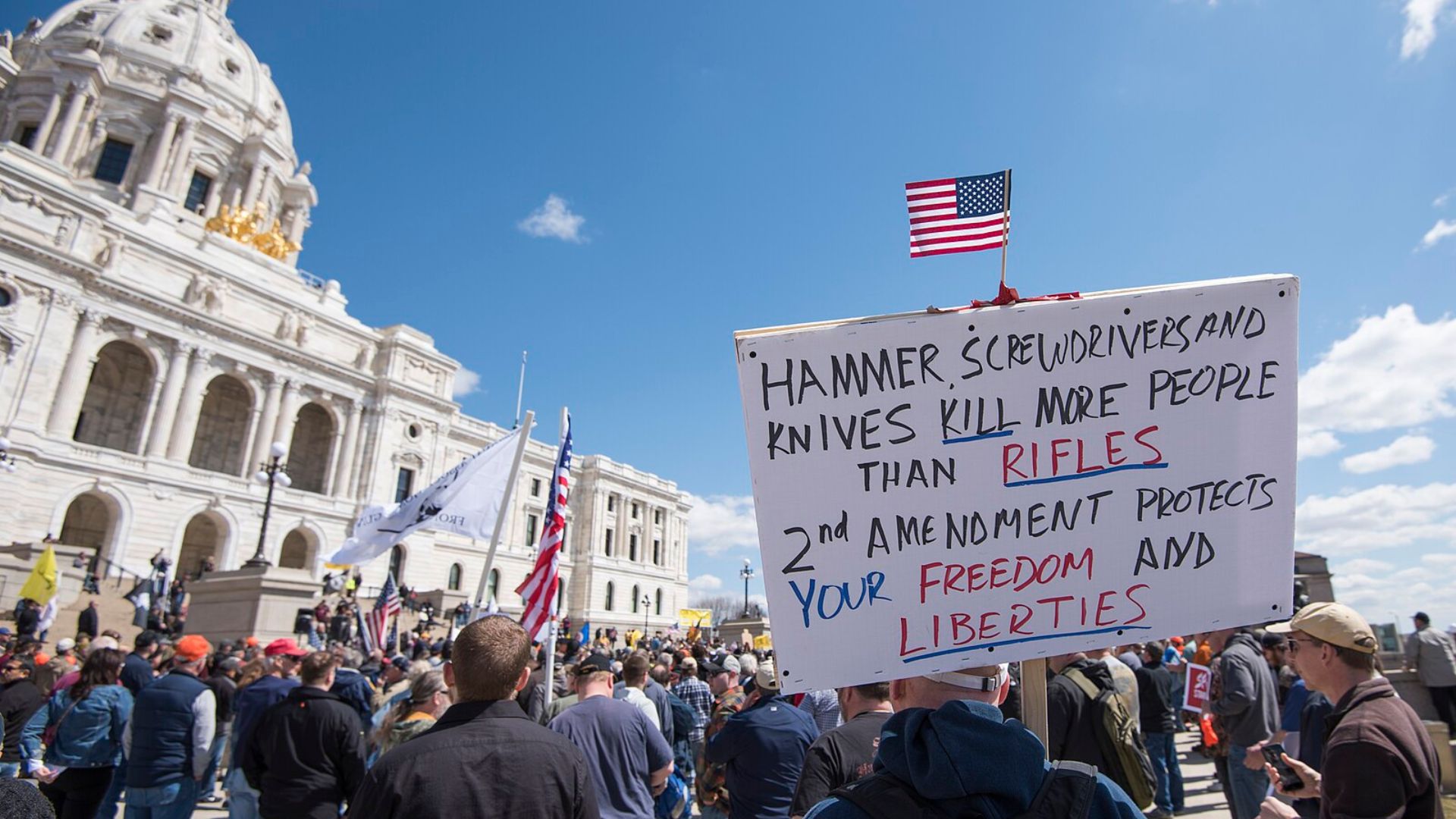
Reacting to the Supreme Court’s decision, the National Foundation for Gun Rights called it a “temporary setback.”
Their executive director, Hannah Hill, commented, “For now at least, the 2nd Amendment is a second-class right, and it will remain so until the Supreme Court decides to stop ducking the issue.”
The Scalia Standard
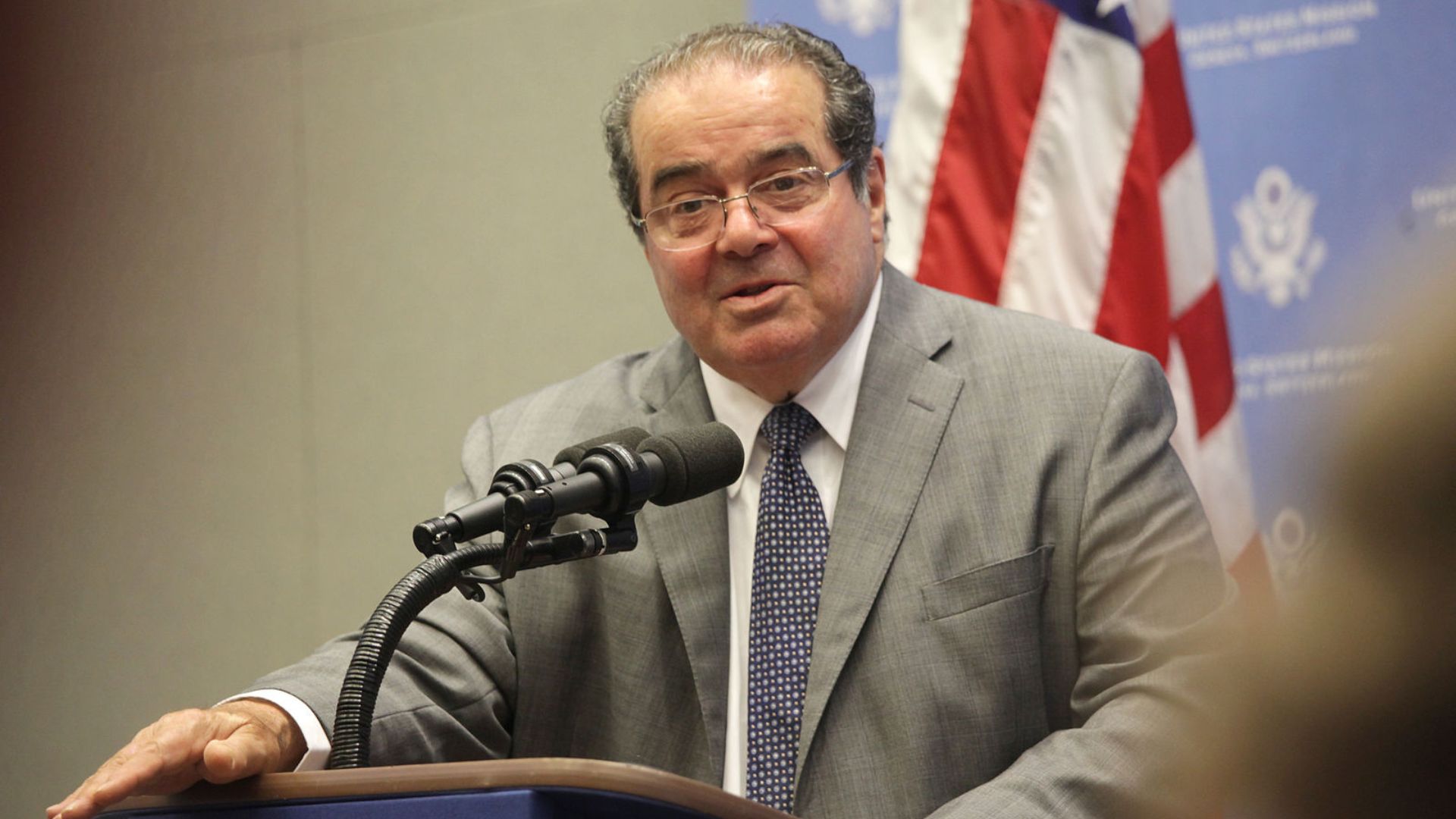
Justice Antonin Scalia’s 2008 remarks still echo through the halls of this debate.
He stated that the 2nd Amendment protects “in common use” firearms, not “dangerous and unusual weapons.”
Thomas Dissented On Another Recent Ruling
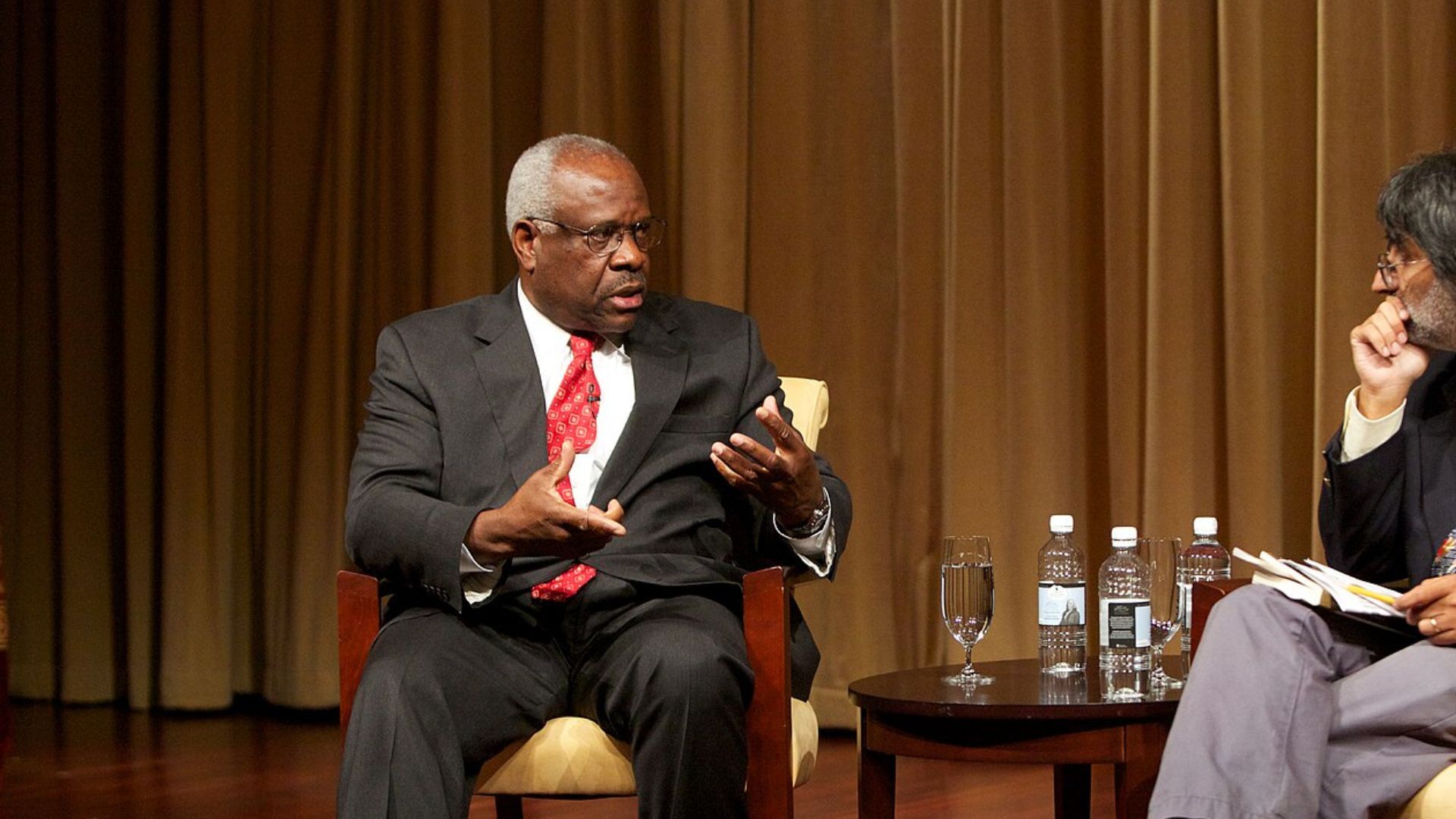
Justice Thomas also dissented on another recent ruling that upheld a federal law that bans people under domestic violence restraining orders from owning a gun.
Justice Thomas wrote that there was no historical precedent for this ruling and wrote: “in the interest of ensuring the Government can regulate one subet of society, today’s decision puts at risk the Second Amendment rights of many more.”
The Broader Ban Landscape
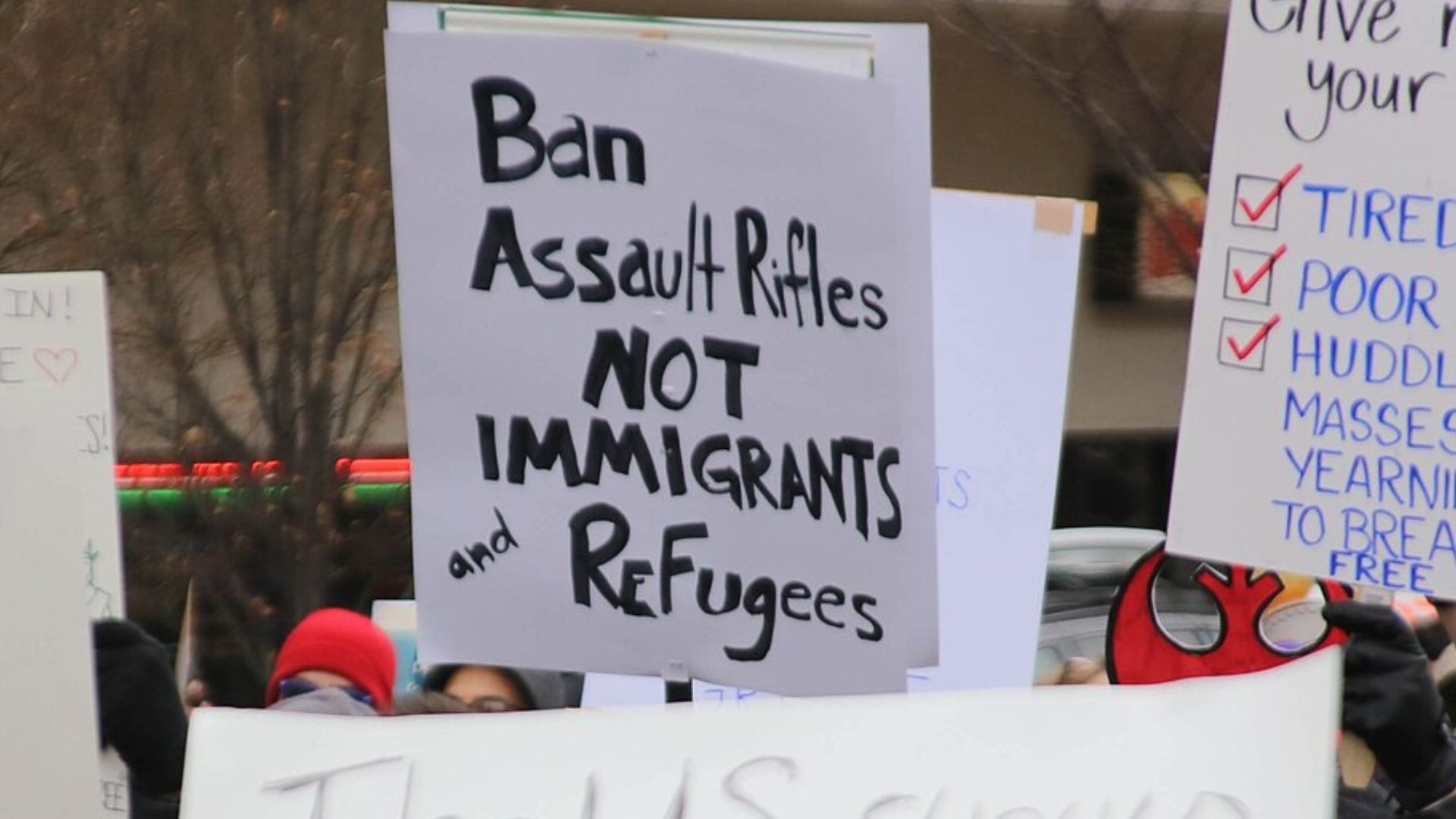
It’s not just Illinois and California.
Several other states have similar bans, showing a national trend towards regulating these powerful firearms.
Gun Advocates Are Pushing Against The Ban

Advocates for the use of guns have taken issue with the Supreme Court’s upholding of the Illinois law, especially because it differentiates between assault rifles and more common, privately used weapons like handguns.
Gun-rights activists say both handguns and semiautomatic rifles are commonly used. They have also said that semiautomatic rifles are among the most popular guns in the country and can be used for self-defense and target shooting.
Several States Are Introducing Similar Bans
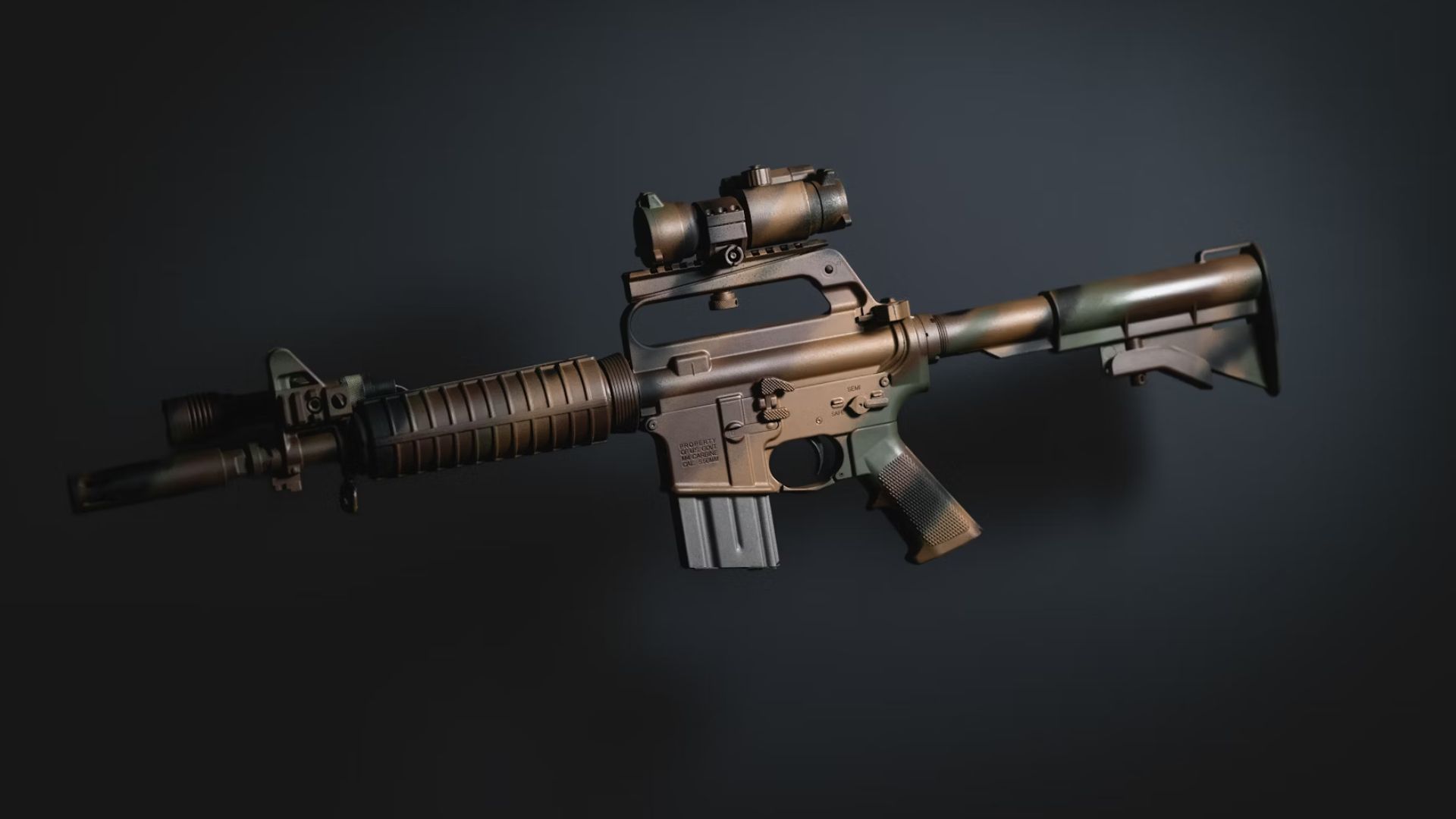
Despite the protests of gun-rights advocates, state legislators and gun-control activists point out that unlike handguns, rapid-fire weapons can quickly shoot dozens of rounds. They call AR-15 guns weapons of war and the weapon of choice in mass shootings.
As well as Illinois, California, Connecticut, Delaware, Hawaii, Maryland, Massachusetts, New Jersey, New York, and Washington have also banned most semiautomatic rifles.
Ongoing Judicial Evaluations

The legal landscape is still evolving, with different judicial circuits, such as the 9th Circuit Court in San Francisco, actively reviewing Second Amendment challenges to bans on assault weapons.
The decisions from these courts are expected to significantly influence the national legal standards on gun control.
The Supreme Court Has Been Sidestepping Gun Cases
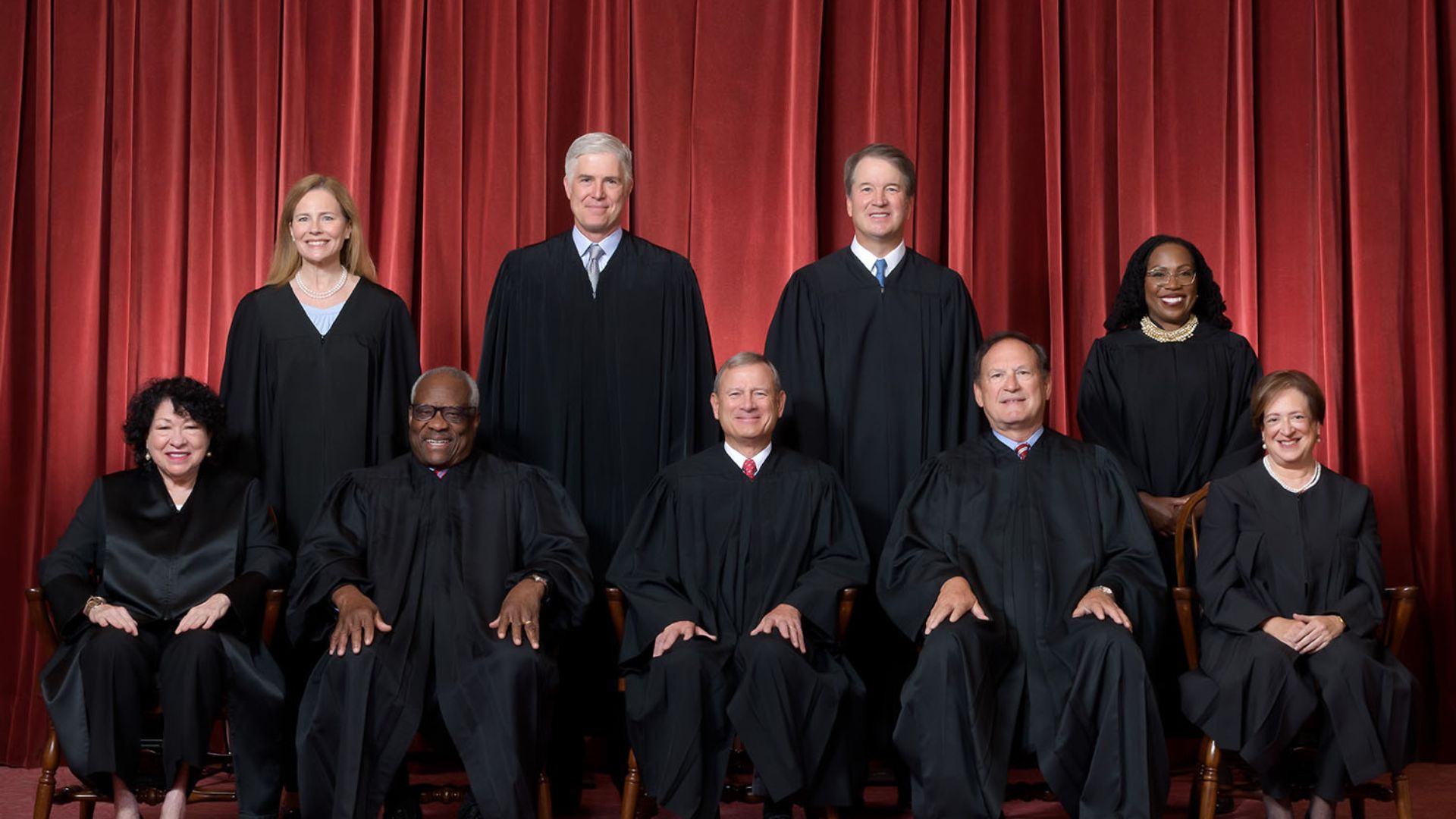
While the Supreme Court’s decision to uphold the Illinois ban of assault rifles is not an isolated one, it does play into a recent trend.
Since the a major ruling in 2022 stating that the Constitution protects the right to carry a gun outside of the home, several other cases have been shelved. One such case was a challenge to a law that banned users of illegal drugs from possessing firearms.
The Bruen Test Is Not Working
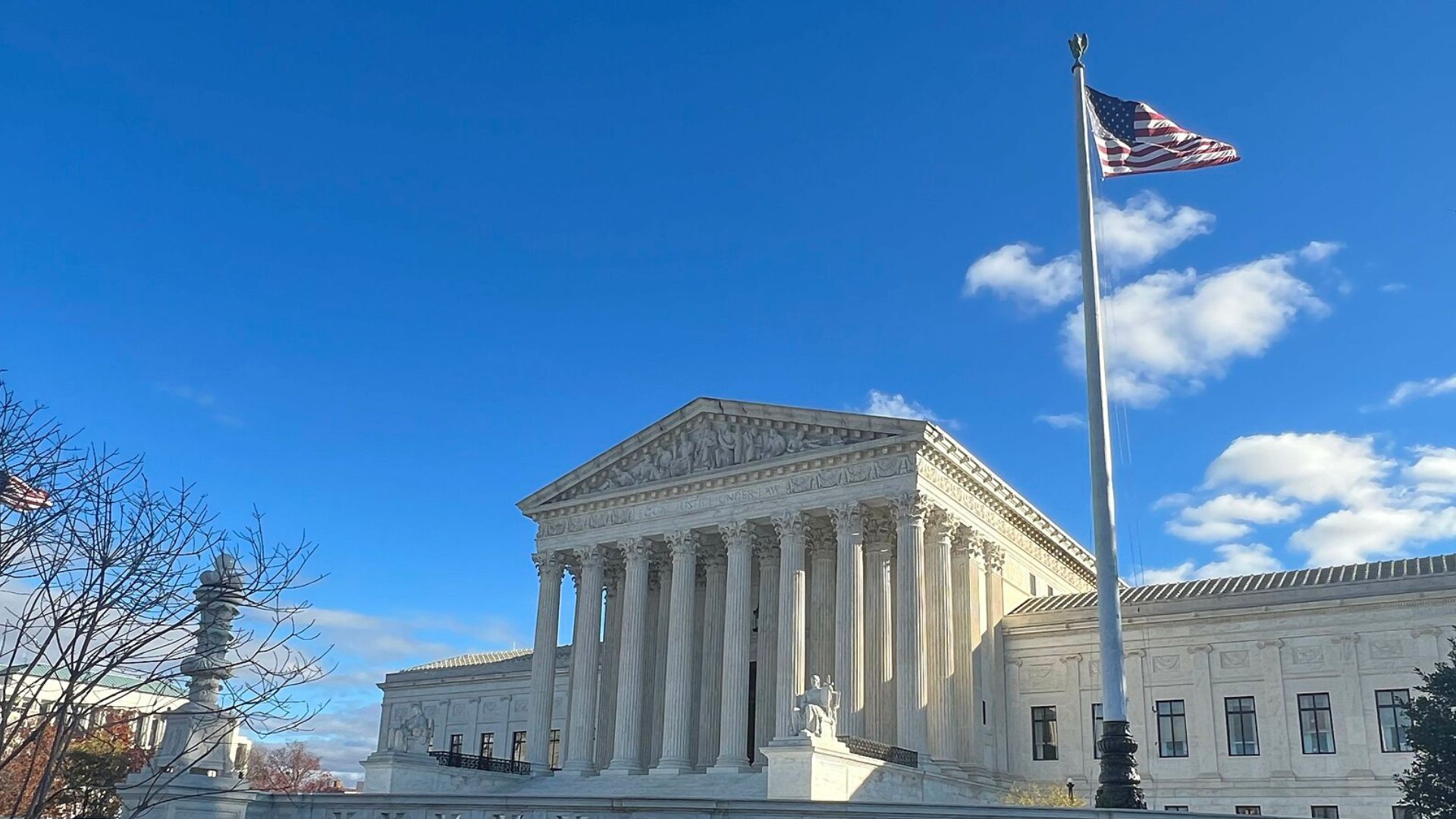
In light of the 2022 ruling which acknowledged a historical precedent in disarming people who intended to do harm, the Bruen test came about.
The Bruen test comes from the Supreme Court was rules that lower courts should prioritize “history and tradition” when determining whether a firearm regulation is constitutional. This is part of the Supreme Court’s wider ‘originalist’ approach to constitutional law. But this test has been widely criticized.
Judges Are Finding It Hard To Apply The Bruen Test
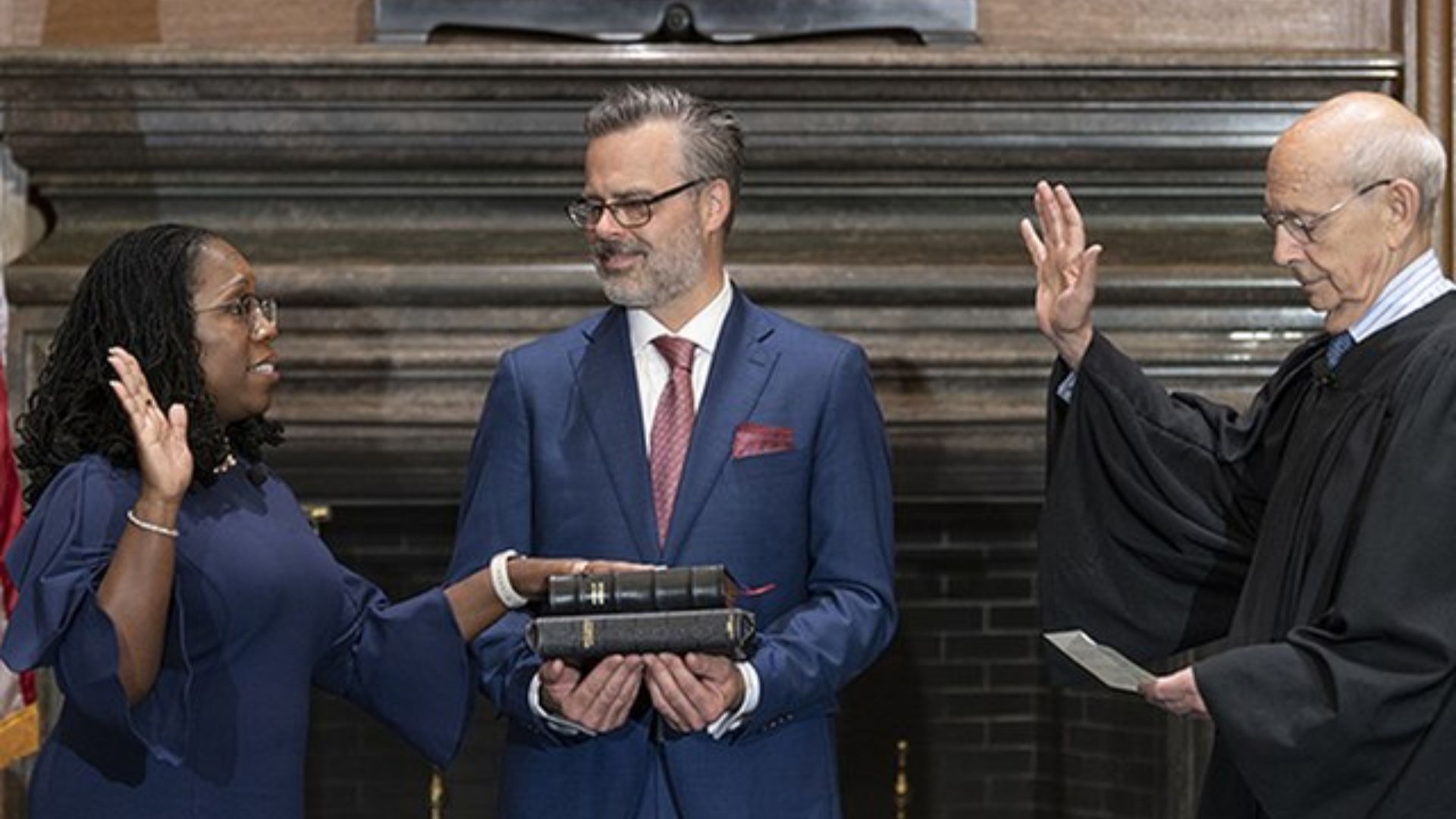
While a historical approach might help judges in deciding if a regulation is constitutional, many judges in lower courts have criticized the Bruen test as unworkable.
While several justices have defended the test, Justice Sonia Sotomayor believes the precedent set before the Bruen test was “the right one” and Justice Ketanji Brown Jackson said “the blame may lie with us, not with them” when it comes to the struggle to apply this test.
